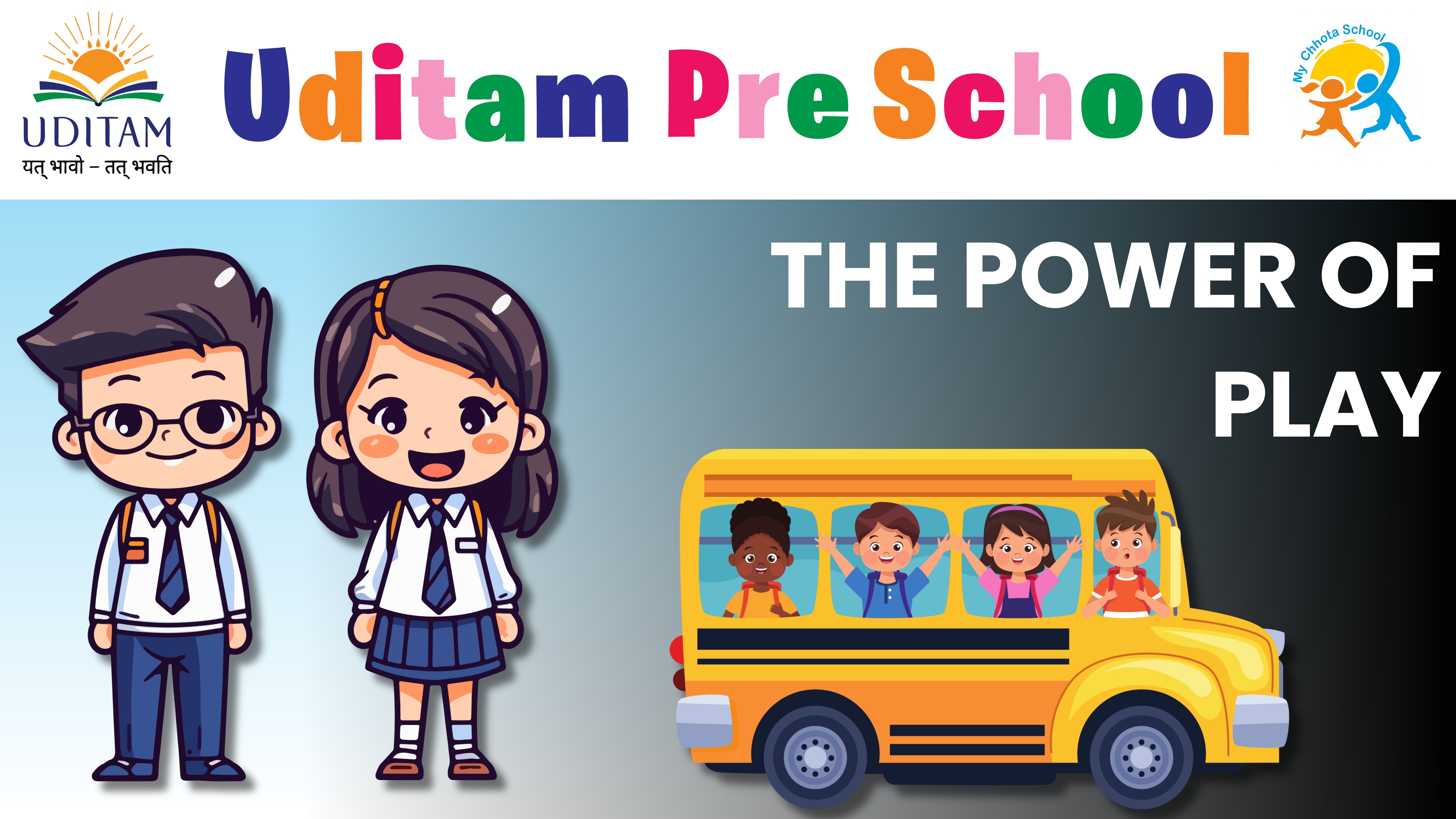
30 Sep. 2024

30 Sep. 2024
Play-based learning is a fundamental aspect of preschool education, and for good reason. It is a child-centered approach that fosters a love of learning, promotes social and emotional development, and lays the foundation for future academic success. In this blog, we will explore the role of play-based learning in preschool education, its benefits, and how it can be effectively implemented in the classroom.
Play-based learning is an educational approach that uses play as a primary tool for learning. It is based on the understanding that children learn best through active, hands-on experiences that are engaging, enjoyable, and relevant to their lives. In a play-based learning environment, children are encouraged to explore, experiment, and learn at their own pace, with teachers acting as facilitators and guides rather than lecturers.
The benefits of play-based learning are numerous and well-documented. Some of the most significant advantages include:
Play-based learning encourages children to interact with their peers, develop friendships, and learn important social skills like sharing, taking turns, and cooperation.
Play-based learning fosters creativity, imagination, and problem-solving skills, as children are encouraged to think outside the box and explore new ideas.
Play-based learning helps children develop emotional regulation skills, such as managing feelings, empathizing with others, and developing self-awareness.
Play-based learning lays the foundation for future academic success, as children develop important cognitive skills like critical thinking, problem-solving, and analytical reasoning.
Play-based learning is inherently motivating, as children are engaged and invested in their learning experiences.
Implementing play-based learning in the classroom requires a thoughtful and intentional approach. Here are some strategies to get you started:
Design a classroom environment that encourages play, exploration, and discovery. This might include play areas, learning centers, and materials that promote creativity and imagination.
Provide open-ended materials that encourage children to think creatively and explore different possibilities. Examples might include blocks, art supplies, and dramatic play materials.
Allow children to take the lead in their learning experiences, with teachers acting as facilitators and guides rather than directors.
Encourage children to ask questions, explore, and discover new things. Foster a culture of curiosity and wonder, where children feel safe to take risks and try new things.
Document children's learning experiences and reflect on their progress, using this information to inform future lesson plans and activities.
Play-based learning is a powerful approach to preschool education, offering a wide range of benefits for young children. By creating a play-friendly environment, offering open-ended materials, encouraging child-led learning, fostering a culture of curiosity, and documenting and reflecting on children's learning experiences, teachers can unlock the full potential of play-based learning and set children up for future success.